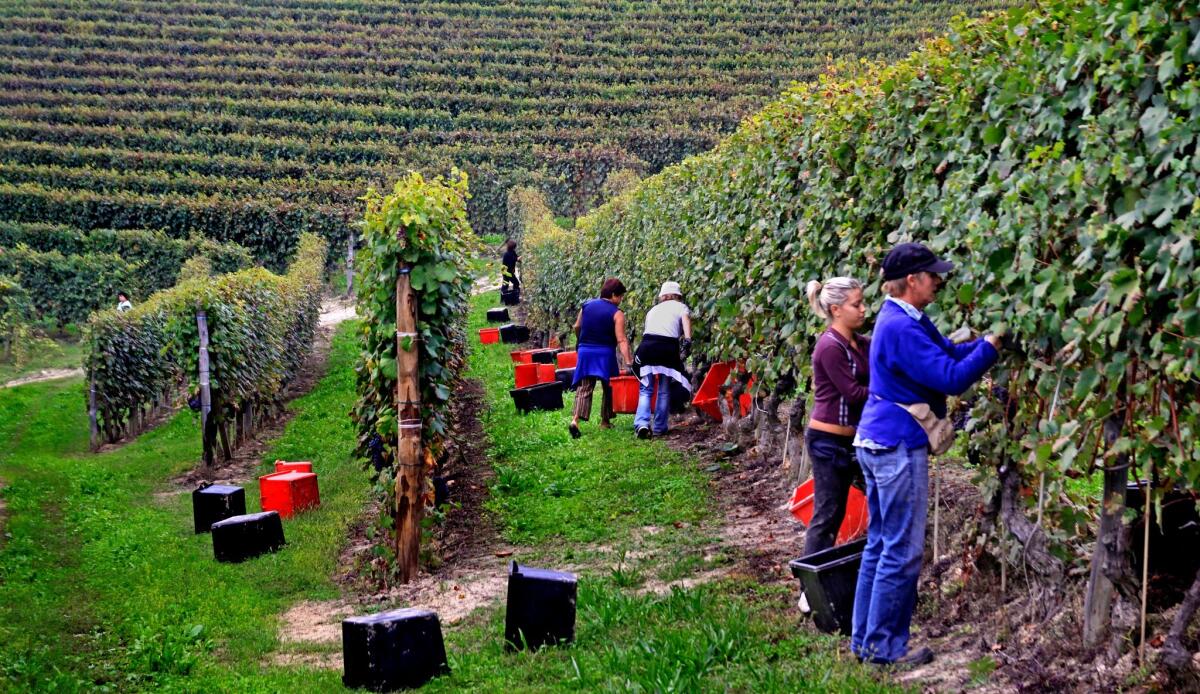The vineyard landscape of Piedmont is now a World Heritage Site

- Share via
If you ever needed and excuse to open that precious bottle of Barbaresco or Barolo you’ve been keeping for a special moment, this is it: The vineyard landscape of Piedmont in northern Italy has just been officially added to the list of UNESCO World Heritage Sites. It becomes the 50th such site in Italy, which has more than any other country.
Maurizio Martina, Italy’s minister of agriculture, is quoted in the Milan newspaper Corriere della Sera as saying, “It’s a fundamental recognition that affirms the cultural value of our agriculture. And the first time, in fact, that UNESCO recognizes an Italian viticultural landscape so unique in the world.” At the same time, he emphasizes the challenge of conserving this patrimony.
In Wine Spectator, Barolo producer Pietro Ratti, president of the Consorzio di Tutela Barolo Barbaresco Alba Langhe e Roero, reflects on the decision: “It will be an incredible opportunity of promotion and protection of these fantastic hills. At the same time, we have more responsibility to preserve it as it is now. We just have to remain as we are, as a stimulus to keep on doing our job well, as our fathers did and their fathers before them. This is the real spirit and essence of our land and this is the responsibility we have to pass to our children.”
The official document describes the vineyard landscape of Piedmont as covering “five distinct wine growing areas with outstanding landscapes and the Castle of Cavour. ... It is located in the southern part of Piedmont, between the Po River and the Ligurian Appenines, and encompasses the whole range of technical and economic processes relating to the wine growing and wine making that has characterized the region for centuries.”
The document goes on to explain that “vine pollen has been found in the area dating from the 5th century BC, when Piedmont was a place of contact and trade between the Etruscans and the Celts; Etruscan and Celtic words, particularly wine-related ones, are still found in the local dialect. During the Roman Empire, Pliny the Elder mentions the Piedmont region as being one of the most favorable for growing vines in ancient Italy; Strabo mentions its barrels.”
A wine tradition dating back at least to the 5th century BC?
That’s exactly why California wines are called New World wines.
Follow @sirenevirbila for more on food and wine.
More to Read
Eat your way across L.A.
Get our weekly Tasting Notes newsletter for reviews, news and more.
You may occasionally receive promotional content from the Los Angeles Times.









